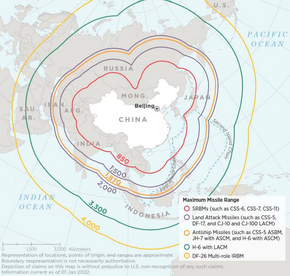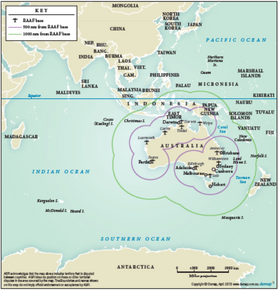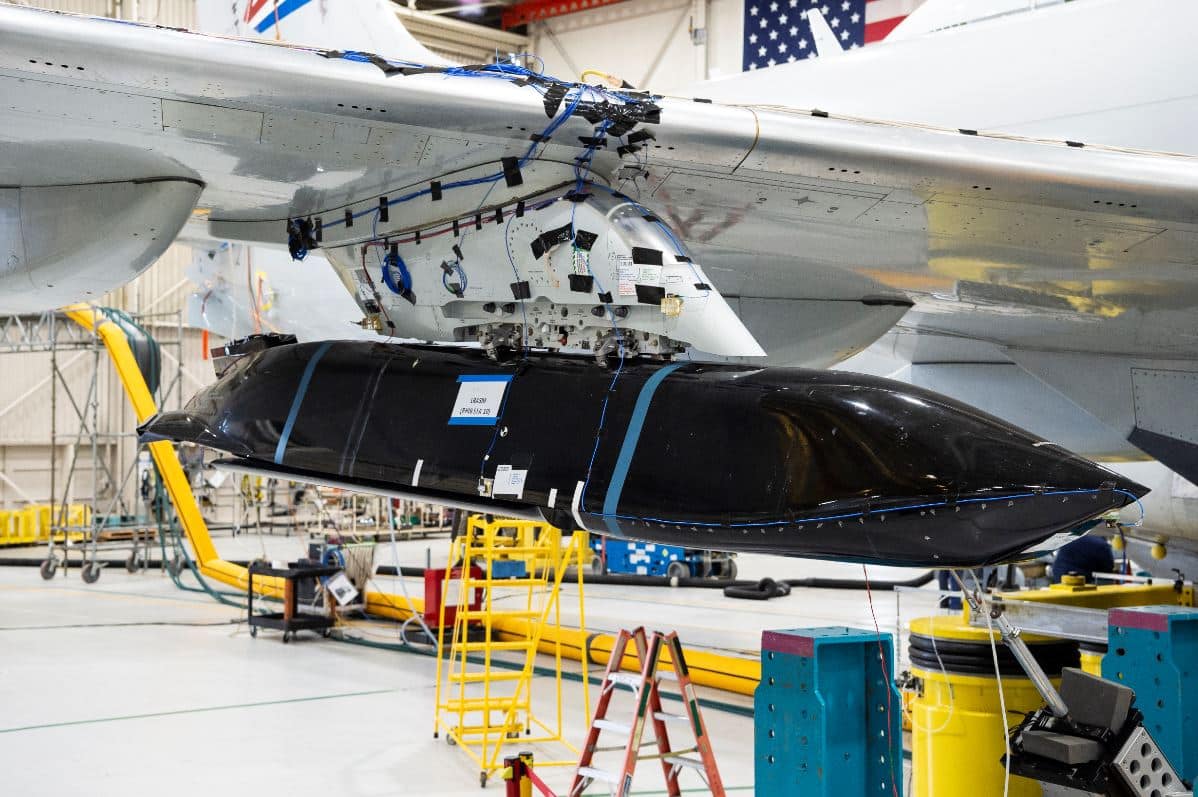downunderblue
Well-Known Member
This goes into a really interesting debate about the value of long range strike when detering an enemy. Yes we lost it with the retirement and aging of the F-111. We were in the "new world order" age where we could compromise, but times have changed and whilst I am a believer in SSN's, for me they are also another piecemeal attempt at meeting this need. I don't doubt the value of a payload module equipped with long range strike missiles, I just see their value dependant on how sustained they can deploy and exercise that capability, and nothing beats the ability of an aircraft squadron to conduct sustained operations (land, reload and go again), as opposed to the ability of an SSN (back to FBW to reload etc).They are useful aircraft if you have the capability to escort them (ie you are the USAF). And until the USAF has b21 usefully operational (which may be 10 years after they take delivery of the first B21) they will be essential. When the USAF is done, they will be cut up.
If we are interested in a long range offensive platform, Tempest would be it. Its looking more like a modern day stealthy, more capable F-111. Rumored weapon bays may be able to internally carry multiple Aim174b, LRASM-ER, or maybe TLAM or/and a whole lot of smaller stuff. Fast enough to out run other long range munitions/decoys as well. While not cheap, we could probably afford a 12-24 of these, so proper squadron. UK/JP could also base same aircraft here.
This type of aircraft could escort E7s or P8s or KC30. They could do maritime/land strike. They could go after opposing team tankers/AWACs/transports.
I don't know what the RAAF isn't all over it.
I also understand the politics. Something took the B-21 off the table and the reasoning was never fully explained. My awareness of Canberra leads me to believe that Russell sacrificed the B-21 to ensure the SSN's were signed off. There could have also been other reasons like resistance in Congress, the USAF or the Administration to sell the B-21, but the same argument for US selling the Virginia's can be made for the B-21, which benefits both of us. Buying B-21's also mitigates risk having two deterant options available as opposed to one which also is better for the US and AU.
We shouldn't have had to compare SSN's vs airborne long range strike and be forced to make ONE choice only. If strategic circumstances exist where we need both then we shouldn't be so final in rejecting the B-21 or a similar capability. Maybe a future coalition govt would be more keen to commit to an acquisition (who knows) but we need to be flexible with our decision making. What makes sense yesterday isn't always relevant today, but we need to look to the future and make our best guess on what we need to secure ourselves.
As for Tempest, I read that the RAF will start receiving airframes by 2035. Call me suspicious/ realistic or pragmatic, but for me there is considerable more project, industrial and political risk in Tempest as their is for the B-21. That date may slip whereas the B-21 is in low rate production already. I don't want to be waiting for something in the future that might fit the criteria.
As for the Tempest vs the B-21, they are different aircraft with different roles, range, timeframes and cost. The overwhelming issue for me is theater deterant, and if I was a regional player like China I would be much more concerned if the CoA committed to the B-21 given it will more likely materialise earlier and lead to a more sustained/ capable threat for the PLA to contend with.
We are putting many eggs (effort and $) into deternant and perception that our efforts will not go unoticed. Will/ does Xi truly understand we are serious, and to take INDOPACOM and regional allies on would end up in serious risk to his/ their leadership and the future of China as a whole? Again we better hope so.




